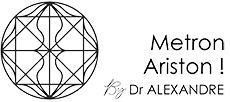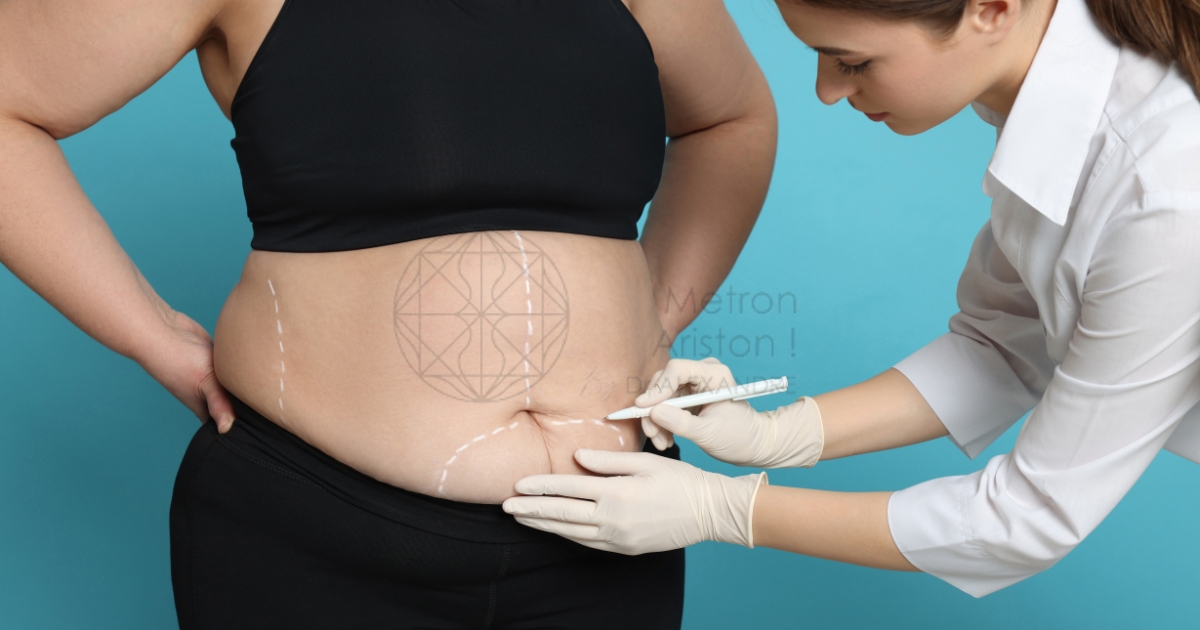Understanding Liposuction for Belly Fat
What is Liposuction?
Liposuction is a cosmetic surgical procedure designed to remove excess fat from specific areas of the body. It is particularly effective for targeting stubborn fat deposits that do not respond to diet and exercise. The procedure involves the use of a suction device to extract fat cells, resulting in a more contoured and slimmer appearance.
Dubai Body Contouring helps people change their body shape
Dubai Body Contouring can make you look slimmer and more toned
How Liposuction Targets Belly Fat
Liposuction specifically targets localized fat deposits in the belly area. By inserting a thin tube called a cannula through small incisions, the surgeon can suction out fat cells directly from the abdominal region. This method is highly effective for reducing belly fat and achieving a flatter stomach.
Types of Liposuction Techniques
There are several types of liposuction techniques available, each with its own advantages and considerations. The most common types include:
- Suction-Assisted Liposuction (SAL): The traditional method using a vacuum device to remove fat.
- Tumescent Liposuction: Involves injecting a solution to numb the area and reduce bleeding before suctioning out the fat.
- Ultrasound-Assisted Liposuction (UAL): Uses ultrasonic energy to liquefy fat cells before removal.
- Laser-Assisted Liposuction (LAL): Utilizes laser energy to melt fat cells, making them easier to remove.
How Does Liposuction Work on Belly Fat?
The Liposuction Procedure Explained
The liposuction procedure begins with the administration of anesthesia to ensure patient comfort. Small incisions are made in the targeted area, and a cannula is inserted to break up and suction out fat cells. The procedure typically takes one to three hours, depending on the amount of fat being removed.
Suction-Assisted Liposuction
Suction-Assisted Liposuction (SAL) is the most traditional form of liposuction. It involves the use of a vacuum device to suction out fat cells through a cannula. This method is effective for removing large volumes of fat and is commonly used for belly fat reduction.
Tumescent Liposuction
Tumescent Liposuction involves the injection of a tumescent solution into the targeted area. This solution contains a local anesthetic and a vasoconstrictor to minimize bleeding. The fat is then suctioned out, resulting in less bruising and a quicker recovery time.
Does Laser Lipo Work on Belly Fat?
What is Laser Liposuction?
Laser liposuction, also known as laser-assisted liposuction, uses laser energy to liquefy fat cells before they are removed. This technique allows for more precise fat removal and can result in less bruising and a quicker recovery compared to traditional methods.
How Laser Liposuction Targets Belly Fat
Laser liposuction targets belly fat by using laser energy to break down fat cells. The liquefied fat is then suctioned out through a cannula. This method is particularly effective for smaller, localized fat deposits and can also promote skin tightening.
Comparing Laser Liposuction to Traditional Liposuction
When comparing laser liposuction to traditional liposuction, several factors come into play:
- Precision: Laser liposuction offers more precise fat removal.
- Recovery Time: Laser liposuction generally has a shorter recovery period.
- Skin Tightening: Laser energy can stimulate collagen production, leading to improved skin tightness.
| Feature | Traditional Liposuction | Laser Liposuction |
| Precision | Moderate | High |
| Recovery Time | Longer | Shorter |
| Skin Tightening | Minimal | Enhanced |
Benefits of Liposuction for Belly Fat
Immediate Results
One of the primary benefits of liposuction for belly fat is the immediate results. Patients can see a noticeable reduction in belly fat and an improved body contour right after the procedure.
Long-Term Fat Reduction
Liposuction provides long-term fat reduction by permanently removing fat cells from the targeted area. As long as patients maintain a healthy lifestyle, the results can be long-lasting.
Improved Body Contour
Liposuction not only reduces fat but also enhances the overall body contour. This leads to a more proportionate and aesthetically pleasing appearance.
- Immediate Results: Visible reduction in belly fat.
- Long-Term Fat Reduction: Permanent removal of fat cells.
- Improved Body Contour: Enhanced body shape and proportion.
Risks and Considerations of Liposuction
Potential Side Effects
Like any surgical procedure, liposuction comes with potential side effects. These can include swelling, bruising, and temporary numbness in the treated area. In rare cases, more serious complications such as infection or blood clots can occur.
Recovery Time
Recovery time varies depending on the extent of the procedure. Most patients can return to normal activities within a few days, but full recovery may take several weeks. It’s important to follow post-operative care instructions to ensure optimal healing.
Who Should Avoid Liposuction?
Certain individuals should avoid liposuction, including those with severe heart or lung conditions, blood clotting disorders, or unrealistic expectations. It’s crucial to consult with a qualified surgeon to determine if liposuction is a suitable option.
- Potential Side Effects: Swelling, bruising, temporary numbness.
- Recovery Time: Varies, typically a few days to several weeks.
- Who Should Avoid: Individuals with severe health conditions or unrealistic expectations.
How Much Fat Can Be Removed with Liposuction?
Maximum Fat Removal Limits
The maximum amount of fat that can be safely removed during a liposuction procedure is typically around 5 liters (about 11 pounds). Removing more than this amount can increase the risk of complications.
Factors Influencing Fat Removal Amount
Several factors influence the amount of fat that can be removed, including the patient’s overall health, the area being treated, and the surgeon’s expertise. It’s important to have realistic expectations and discuss these factors with your surgeon.
Safety Considerations
Safety is paramount when it comes to liposuction. Surgeons must adhere to established guidelines to minimize risks and ensure patient safety. This includes using proper techniques and monitoring the patient’s condition throughout the procedure.
| Factor | Influence on Fat Removal |
| Patient’s Health | Higher health = More fat can be removed |
| Area Treated | Larger areas = More fat can be removed |
| Surgeon’s Expertise | Experienced surgeon = Safer and more effective fat removal |
Who is a Good Candidate for Liposuction? 
Ideal Candidate Criteria
The ideal candidate for liposuction is someone who is in good overall health, within 30% of their ideal weight, and has localized fat deposits that do not respond to diet and exercise. Candidates should also have good skin elasticity to achieve the best results.
Health Requirements
Candidates must meet certain health requirements to be eligible for liposuction. This includes being free from severe medical conditions, having a stable weight, and not smoking. A thorough medical evaluation is necessary to determine eligibility.
Realistic Expectations
Having realistic expectations is crucial for a successful liposuction outcome. While liposuction can significantly improve body contour, it is not a weight loss solution. Patients should understand the limitations and benefits of the procedure.
- Ideal Candidate Criteria: Good health, within 30% of ideal weight, localized fat deposits.
- Health Requirements: Free from severe medical conditions, stable weight, non-smoker.
- Realistic Expectations: Understanding the limitations and benefits of liposuction.
Combining Liposuction with Other Procedures
Tummy Tuck
A tummy tuck, or abdominoplasty, is often combined with liposuction to achieve a flatter and more toned abdomen. This procedure removes excess skin and tightens abdominal muscles, complementing the fat removal achieved through liposuction.
Body Contouring
Body contouring procedures, such as thigh lifts or arm lifts, can be combined with liposuction to enhance overall body shape. These procedures remove excess skin and improve the appearance of multiple areas.
Non-Surgical Fat Reduction Options
For those who prefer non-surgical options, treatments like CoolSculpting or SculpSure can be combined with liposuction. These non-invasive procedures use different technologies to reduce fat and improve body contour.
- Tummy Tuck: Removes excess skin, tightens muscles.
- Body Contouring: Enhances overall body shape.
- Non-Surgical Options: CoolSculpting, SculpSure.
When Will You Start to See Results After Liposuction? 
Immediate Post-Procedure Changes
Patients can see immediate changes in their body contour right after the procedure. However, swelling and bruising may temporarily obscure the final results. It’s important to be patient and allow the body to heal.
Long-Term Results Timeline
Long-term results become more apparent as swelling subsides, usually within three to six months. The final outcome is a slimmer and more contoured appearance that can be maintained with a healthy lifestyle.
Maintaining Results
Maintaining the results of liposuction requires a commitment to a healthy lifestyle. This includes regular exercise, a balanced diet, and avoiding significant weight fluctuations. Consistency is key to preserving the benefits of the procedure. Liposuction permanence debated Doctors argue whether fat removal from liposuction lasts forever or if the fat can come back in other areas of the body Cellulite unaffected liposuction removes fat from under the skin but does not change the appearance of cellulite This procedure targets deeper fat layers while cellulite remains in the surface layer of skin
Laser fat reduction uses special light beams to melt away unwanted fat Aesthetic fat transfer moves fat from one body part to another to improve appearance It can make areas like the face or buttocks look fuller and more youthful
Repeated Liposuction Procedures
- Immediate Changes: Visible right after the procedure.
- Long-Term Results: Apparent within three to six months.
- Maintaining Results: Healthy lifestyle, regular exercise, balanced diet.
Ten Common Misconceptions About Liposuction
Liposuction as a Weight Loss Solution
One common misconception is that liposuction is a weight loss solution. In reality, liposuction is designed for body contouring and is not a substitute for weight loss. It targets localized fat deposits that are resistant to diet and exercise.
Liposuction and Skin Tightening
Another misconception is that liposuction tightens the skin. While some techniques, like laser liposuction, can promote skin tightening, traditional liposuction does not address loose skin. Additional procedures may be needed for skin tightening.
Liposuction and Cellulite Reduction
Liposuction is not an effective treatment for cellulite. Cellulite is caused by fibrous bands beneath the skin, and liposuction does not address these bands. Other treatments, such as cellulite creams or laser therapy, may be more effective.
- Weight Loss Solution: Liposuction is for body contouring, not weight loss.
- Skin Tightening: Traditional liposuction does not tighten skin.
- Cellulite Reduction: Liposuction does not effectively treat cellulite.
FAQs
Does Liposuction Work for Belly Fat?
Yes, liposuction effectively removes localized belly fat, providing immediate and long-term results. It targets stubborn fat deposits that are resistant to diet and exercise, resulting in a slimmer and more contoured appearance.
How Does Liposuction Work on Belly Fat?
Liposuction works by suctioning out fat cells from the belly area, resulting in a slimmer and more contoured appearance. The procedure involves making small incisions and using a cannula to remove the fat cells.
Does Laser Lipo Work on Belly Fat? 
Laser lipo uses laser energy to liquefy fat cells before removal, making it an effective method for targeting belly fat. This technique offers more precise fat removal and can also promote skin tightening.
How Much Fat Can Be Removed with Liposuction?
The amount of fat that can be safely removed varies, but typically up to 5 liters (about 11 pounds) can be extracted in one session. Removing more than this amount can increase the risk of complications.
Who is a Good Candidate for Liposuction?
Good candidates are those in good health, within 30% of their ideal weight, and have stubborn fat deposits that do not respond to diet and exercise. Candidates should also have realistic expectations about the results.








